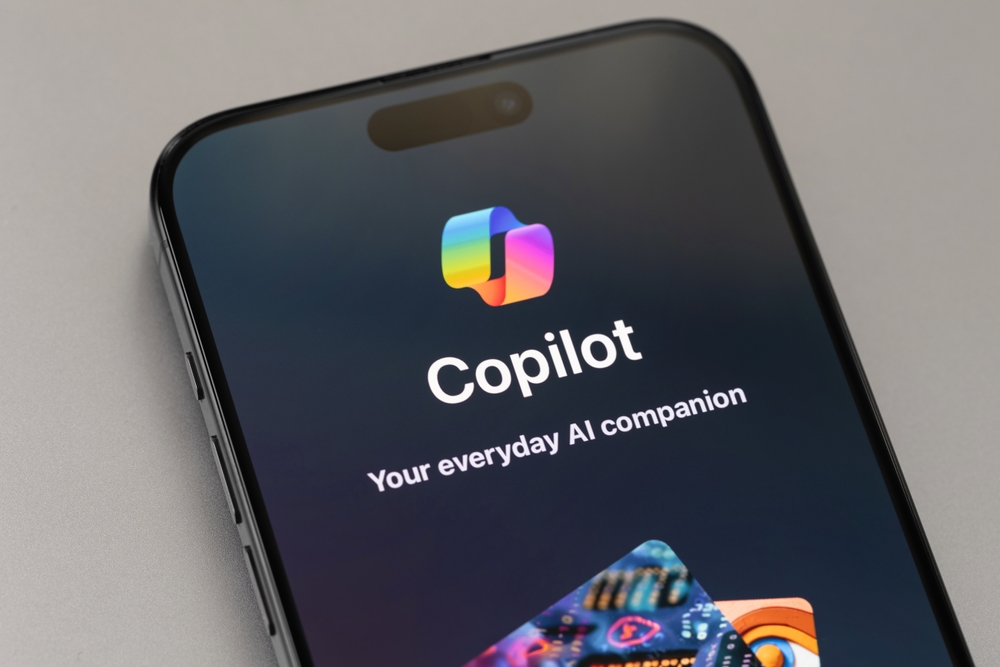At CGNET, we regularly evaluate which AI tools are most effective for specific jobs. My own use of AI centers on researching specific topics and producing documents. My colleagues also rely on Microsoft 365 Copilot to locate messages, summarize meetings, and manage tasks or calendars. Tool preferences, unsurprisingly, differ according to professional responsibilities.
One thing is clear: software developers demonstrate a particular reliance on AI technology. And that is the focus here. Each year, Google publishes a report analyzing trends in software development. While Google’s annual analysis provides valuable insights into the growing role of AI in this field, as a methodologist I remain cautious about drawing broad conclusions, given the inherent limitations of self-selected survey samples.
Key Findings from the 2025 DORA Report
The 2025 DORA (DevOps Research and Assessment) Report, titled State of AI-assisted Software Development, is based on a survey of nearly 5,000 technology professionals worldwide. The report (which you can download here) explores AI’s role in software development, highlighting that AI serves as an amplifier of existing organizational strengths and weaknesses rather than a standalone solution.
It also introduces a new DORA AI Capabilities Model, outlining seven practices to maximize AI’s benefits by balancing technical and cultural factors.
AI Adoption and Usage
- Near-universal AI adoption: 90% of software professionals now use AI tools at work (up 14% from 2024), spending a median of two hours daily on AI-assisted tasks.
- High reliance: 65% report heavy dependence on AI, particularly for code generation and modification.
- Productivity boost: Over 80% say AI has enhanced their individual productivity.
- Code quality: 59% report improvements in code quality, though results vary widely by team maturity and practices.
Trust and Challenges
- Trust paradox: Despite widespread use, only 24% express “a lot” or “a great deal” of trust in AI outputs, while 30% report “a little” or “no trust.”
- Delivery impacts: AI correlates with increased throughput (more frequent releases), reversing 2024’s downward trend. However, without strong foundations, it often leads to instability, such as higher change failure rates.
- Amplification effect: AI magnifies organizational dynamics—elite teams see greater gains, while weaker teams experience more burnout, friction, and quality issues.
Organizational and Performance Insights
- User-centricity matters: Prioritizing user needs enhances AI’s positive effects on performance and delivery.
- Platform engineering foundation: 90% of organizations have adopted internal platforms; high-quality platforms strongly correlate with unlocking AI’s value.
- Team archetypes: Seven profiles emerged (e.g., Harmonious High-Achievers vs. Legacy Bottlenecks) capturing the interplay of performance, well-being, and environment.
- Sociocognitive effects: AI use correlates with higher “authentic pride” in work, but risks include reduced learning opportunities for junior developers if not carefully managed.
DORA AI Capabilities Model
Seven practices were identified as critical to maximizing AI’s benefits:
- User focus for clear problem-solving
- Iterative experimentation
- Quality internal platforms for scaling
- Healthy data ecosystems
- Fast feedback loops
- Mature version control
- Automated testing to handle increased change volume
Foundations for Sustainable AI Success
The 2025 DORA Report underscores that AI’s value depends less on the tools themselves and more on culture, process, and system maturity. Organizations that combine user-centric practices, robust platforms, and healthy feedback mechanisms see AI drive performance and well-being. Conversely, without these foundations, AI can amplify instability and organizational stress. To truly harness AI’s transformative potential, organizations must invest in the human and technical pillars that support sustainable growth. Without them, even the most advanced AI tools risk becoming sources of friction and burnout, rather than engines of progress.
Have ideas, questions, or thoughts to share? I’d love to hear from you—feel free to reach out anytime at g.*******@***et.com. And if you want more insights like this, subscribe on our website to get regular tips on cybersecurity, IT management, AI tools, and more delivered to your inbox weekly.





0 Comments